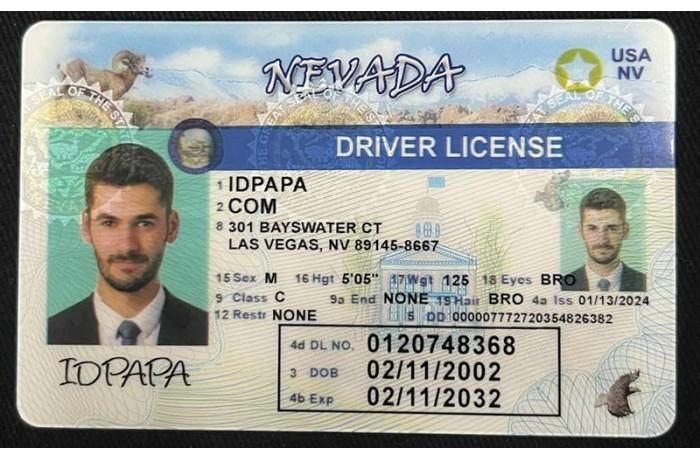The digital realm witnesses a rapid transformation in how we identify ourselves online. Novel technologies are altering the concept of digital identity, creating both challenges and enabling a more robust online experience. , Decentralized ledgers are gaining traction in this space, providing users with enhanced ownership over their data and {identities|. This trend has the potential to impact various sectors, including finance, healthcare, and government.
- Numerous key trends are this evolution:
- Fingerprint scanning
- Deep learning
- The rise ofvirtual worlds
Navigating these shifts is crucial for {individuals|, businesses, and governments to ensure a safe, trustworthy digital future.
Countering ID Fraud: Strategies for a Secure Digital World
In today's increasingly digital landscape, identity deceit poses a significant threat to individuals and organizations alike. To successfully combat this growing menace, it is imperative that we implement robust security measures and foster a culture of awareness.
Employing multi-factor authentication, regularly updating software and devices, and adhering strong password hygiene are basic steps in safeguarding against ID illegality. Furthermore, educating users about the dangers of phishing scams and other social engineering tactics is crucial.
Collaboration between governments, businesses, and individuals is critical to creating a secure digital environment. By working together, we can minimize the impact of ID fraud and protect our valuable information in an increasingly interconnected world.
Navigating the Legal Labyrinth: copyright Laws and Their Implications
The sphere of fake identification poses a complex legal scenery. Laws surrounding these artifacts fluctuate widely across jurisdictions, making a tangled web for both citizens and agencies.{ Possession of a copyright can convey in severe penalties, including fines, jail time, and a criminal record. Moreover, the obtainment of these forged documents can frequently be linked to more grave offenses, further emphasizing the importance of adherence with these laws.
Harnessing Biometrics for Unrivaled Security in Digital IDs
The digital realm is rapidly evolving, necessitating robust security measures to safeguard sensitive information. Unique Biological Data, the science of measuring and analyzing inherent human characteristics, presents a compelling solution for enhanced security within digital ID systems. Harnessing biometrics like fingerprint scanning, facial recognition, or iris verification, digital identities can be authenticated with unprecedented accuracy and resilience against fraud. This technology not only simplifies identity verification processes but also establishes a secure framework for managing sensitive personal data in an increasingly interconnected world.
Traditional methods pale in comparison to the benefits of biometric security|. They are inherently difficult to forge or replicate, reducing the risk of unauthorized access and identity theft. Moreover, biometrics provide a seamless user experience, as users can conveniently verify their identities without relying on physical tokens.
- However| , it is crucial to address potential concerns surrounding biometrics, including data privacy and the risks of unauthorized access. Robust regulatory frameworks and ethical guidelines are essential to ensure responsible implementation and mitigate any negative consequences.
Balancing Convenience and Privacy: The Ethical Considerations of Biometric Authentication
Biometric authentication offers a seamless way to authenticate users. However, the increasing implementation of this technology raises significant ethical concerns. Maintaining biometric data involves a unique set of threats to user privacy, as this information is inherently personal and unalterable. Moreover, the potential for misuse of biometric data by unauthorized individuals is a serious concern.
A delicate harmony must be maintained between the utilities of convenience and the website imperative to protect user privacy. Comprehensive safeguards, such as secure storage, transparent consent mechanisms, and comprehensive regulations are critical to mitigate these risks and ensure the ethical utilization of biometric authentication.
Ultimately, the goal should be to exploit the potential of this technology while protecting the fundamental right to privacy.
Strengthening Trust: Best Practices for Implementing Secure Digital Identity Solutions
In today's increasingly digital world, secure digital identity solutions are paramount to fostering trust and securing sensitive information. To effectively implement these systems, organizations must adhere to best practices that prioritize anonymity, visibility, and flexibility. A key component involves implementing multi-factor authentication mechanisms to verify user authorization. Additionally, regular audits and penetration testing are crucial for identifying and mitigating potential risks. By adhering to these best practices, organizations can create a secure and trustworthy environment for users while reducing the risk of fraud and data breaches.
